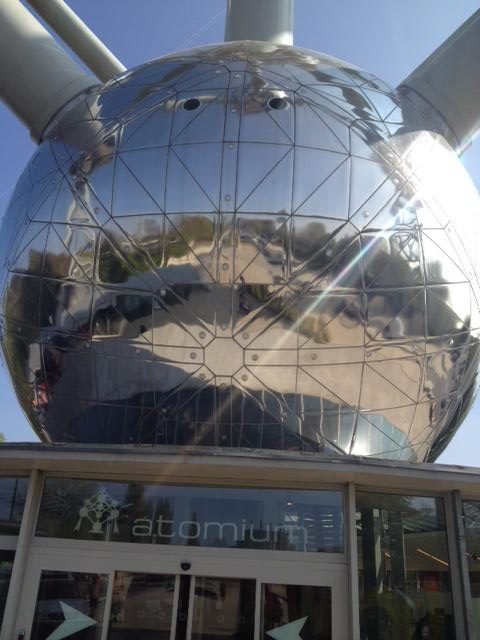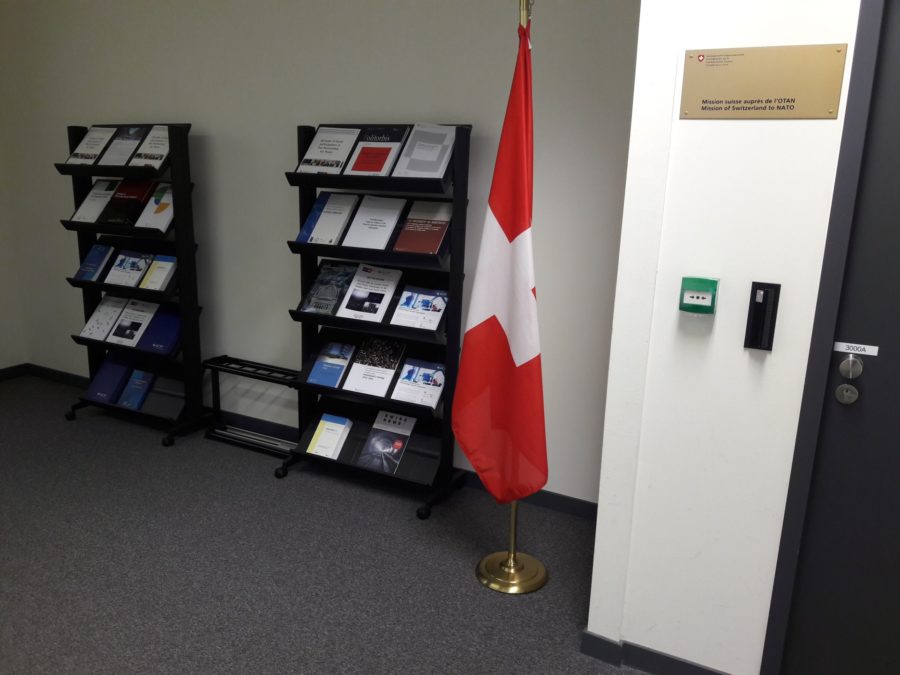Le 15 septembre 2017, j’ai donné une conférence au Club Rotary Genève Sud.


Le 15 septembre 2017, j’ai donné une conférence au Club Rotary Genève Sud.

Texte de ma communication dans le cadre des journées d’études toulonnaises de l’Institut de Stratégie Comparée sur le thème BD, guerres et stratégie publiée dans Stratégique 2017/2 (115).






… who was able to take my picture me when I was not sleeping.
![[REPOST] Chiefs of the Armed Forces of Germany, Austria and Switzerland visit the GCSP [REPOST] Chiefs of the Armed Forces of Germany, Austria and Switzerland visit the GCSP](https://christianbuehlmann.com/wp-content/uploads/2017/07/85a53a7140526325cc5885670dba10bd-9f4-900x675.jpg)
On this occasion, GCSP Director Ambassador Christian Dussey, Ms Victoria Walker from DCAF, as well as Mr Pascal Rapillard and Lt Col Lobert from GICHD presented their respective centres. They answered questions about ongoing activities, current challenges and future developments.
The meeting was held against the background of a longstanding military cooperation and exchange between Austria, Germany and Switzerland, which is also reflected in their common interest and active support of the GCSP, GICHD and DCAF.




prilog_kurs_atasei_PSOTC_eng
Source
TV serijal « Naša snaga »- Emisija 122
Ministarstvo Odbrane BiH
To protect your privacy, I do not embed videos on this site anymore.
![[REPOST] Kofi Annan International Peacekeeping Training Centre Delegation Visits the GCSP [REPOST] Kofi Annan International Peacekeeping Training Centre Delegation Visits the GCSP](https://christianbuehlmann.com/wp-content/uploads/2017/06/f0a7c74d6e8b4c351bc8e05acad85184-9b2.jpg)
Both institutions are increasing their working relationship. The KAIPTC was invited to benefit the mutual collaboration between the centres, and in order to plan a roadmap for future development of the partnership.GCSP Director Ambassador Christian Dussey Acting Deputy Director, Head of the Regional Development Programme Colonel (GS) Christian Bühlmann, and Head of the Leadership, Crisis and Conflict Management Programme Carl Ungerer briefed the delegation on the GCSP’s institutional developments, while Dr Kotia and Ms Horname Noagbesenu presented the KAIPTC’s developments and future courses. The meeting took place in a convivial atmosphere and set the tone for the future of the collaboration between the centres.






![[REPOST] Closing Ceremony of the Defense Attaché Orientation Course [REPOST] Closing Ceremony of the Defense Attaché Orientation Course](https://christianbuehlmann.com/wp-content/uploads/2017/05/2fbf70b6109a34ee1624406f0336a5b2-aa9-900x675.jpg)
The PSOTC and the Geneva Center for Security Policy (GCSP) continue mutual cooperation based on their common interest in education and training excellence in the training of military officers, diplomats and civil servants involved in defense and diplomacy. Altogether 27 participants from thirteen countries (Albania, Bulgaria, Czech Republic, Egypt, Latvia, Macedonia, Mauritania, Montenegro, Poland, Romania, Slovakia, Turkey and Bosnia and Herzegovina) attended the course. During the course, participants had an opportunity to develop their skills and expertise of defense officials working in a diplomatic environment (such as Defense Attachés). The Course addressed modern issues and offered an opportunity to get an insight into contemporary security and geopolitical landscape with special focus on security issues related to the Balkans. Also, participants were provided with practical training in diplomatic activities as well as other areas relevant for their future work. Course participants were honored by being lectured by current and former ambassadors, ministers, defense attachés, embassy representatives, representatives of IOs, and professors from universities in Bosnia and Herzegovina, as well as representatives of GCSP and PSOTC. At the closing ceremony participants were addressed by GCSP Representative COL GS Christian Buhlmann and PSOTC Commandant, COL dr. Jasmin Čajić who congratulated the students and used this opportunity to express their support to the current course and all similar activities whose goal is to reinforce the role of military attaches deployed around the globe.
![[REPOST] PSOTC Hosted guest speakers on Defence Attaché Course at PSOTC [REPOST] PSOTC Hosted guest speakers on Defence Attaché Course at PSOTC](https://christianbuehlmann.com/wp-content/uploads/2017/05/20bd0456f587c479d38fffa0704478ea-855.jpg)
The Ambassador of Croatia to Bosnia and Herzegovina H. E. Mr. Ivan Del Vecio accompanied by the Defence Attaché Col Marin Gregorović, the Deputy Chief of Mission, US Embassy in Bosnia and Herzegovina Mr. Paul Horowitz accompanied by the Defence Attaché Col Mark M. Karas and Representative of the Ministry of Foreign Affairs Ambassador Damir Džanko took part of a Panel: “What Can/Does the Ambassador Expect from his/her Defence Attaché?”. During panel session Ambassadors shared their significant experiences with participants with an emphasis on the new role of the Defence Attaché because changes in the security environment since the end of the Cold War have made the DA’s role considerably more challenging and given him/her a key role in national defence diplomacy. The PSOTC Commandant, Colonel dr. Jasmin Čajić expressed his gratitude to the guests for their commitment what additionally contributes to preserve reputation of the PSOTC as a respected institution for training and education.